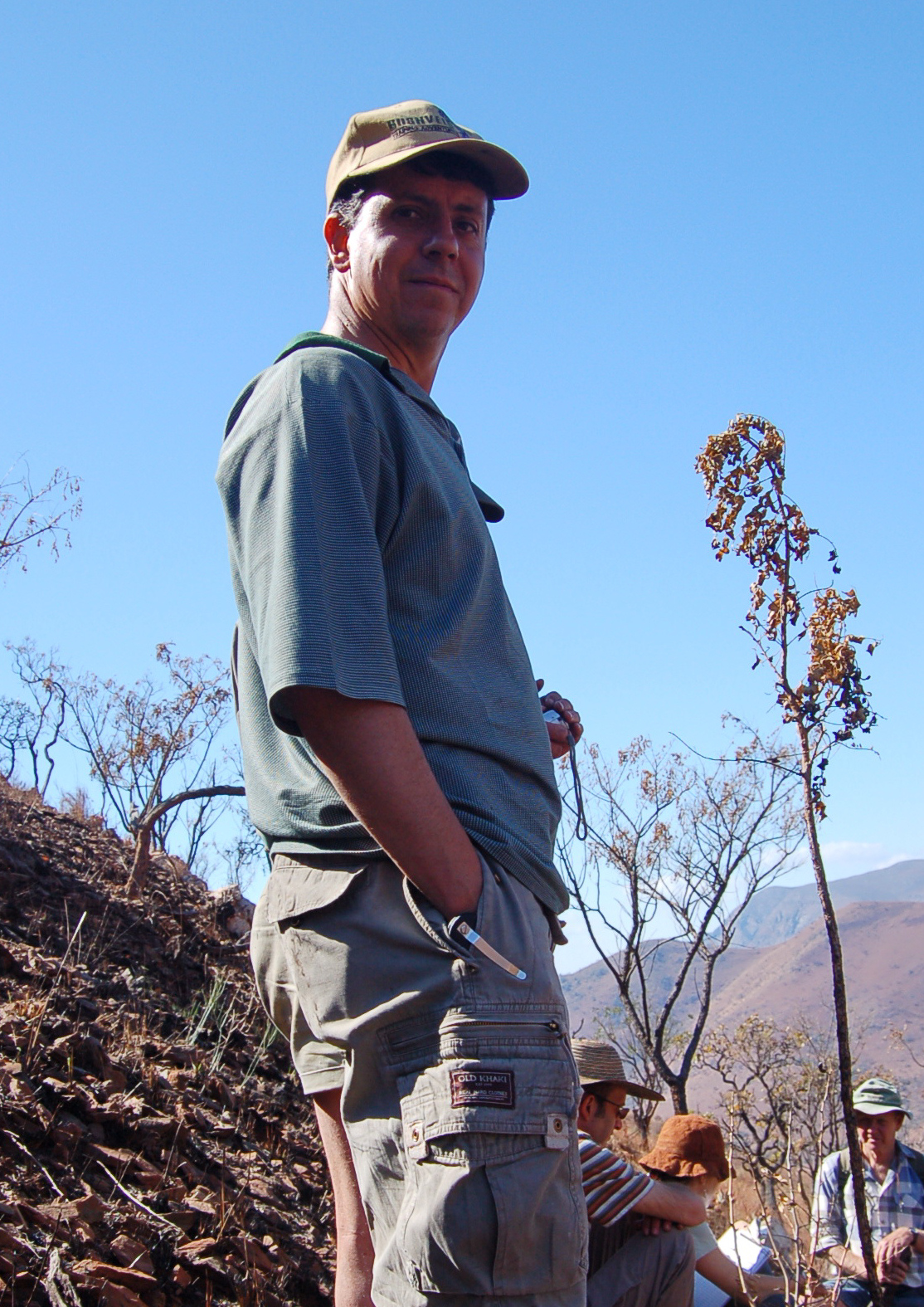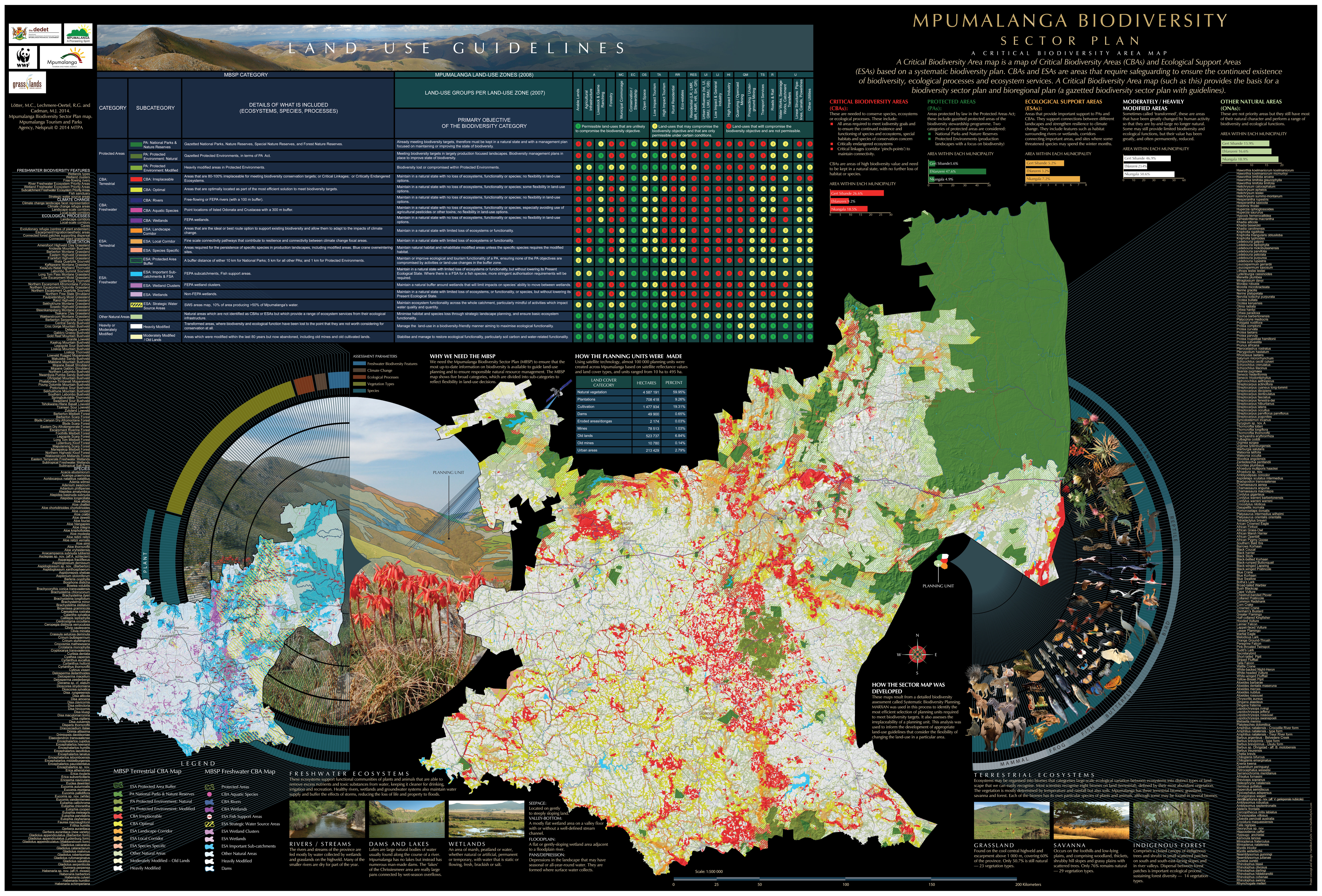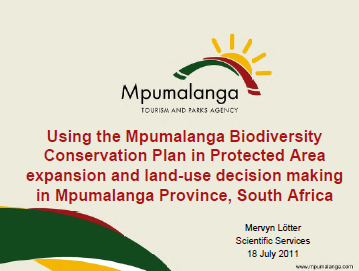Dr. Mervyn Lotter, South Africa
- Subscribe to RSS Feed
- Mark as New
- Mark as Read
- Bookmark
- Subscribe
- Printer Friendly Page
Dr. Mervyn Charles Lötter, Certified Master Trainer
Biodiversity Planner, MTPA Research Station, SOUTH AFRICA
Mpumalanga Tourism & Parks Agency
N4 National Road, Hall's Gateway
Mataffin, Nelspruit, 1200 SOUTH AFRICA
(TTT Years: le19 tt18 to17 tt14 to12 yr11 ttmaster ttleader xCommitteeInternational 2011-2019 xSouthAfrica xAfrica )
SCGIS Scholar & Trainer HISTORY: 2011, SCGIS Scholar.
2012 Class Assistant at 2 SCGIS Conservation GIS Courses taught in South Africa.
2014 Jan: Independent Teaching of SCGIS Conservation GIS Course at South Africa Nature Reserve
2014 Mar: Accepted as TTT Candidate for the SCGIS 2014 Scholar Training Program, Graduated Jul 2014
2017: Began work converting SCGIS Training Courses to ArcGIS Pro and adding Species Analysis content
2018 Accepted at TTT Master Candidate for the SCGIS 2018 Scholar Training Program
2011 SCGIS Scholar Profile
I live in a biodiversity rich province with over 4500 plant species and two internationally recognized centers of plant endemism (Wolkberg & Barberton Centres). We have immense pressure on the environment from the mining sector since a change in legislation resulted in all mineral rights reverting back to the state and now anybody can apply for them. We are trying to assess the potential impacts of the mining applications our department has received (nearly 40% of our province has been applied for mineral prospecting since 2005!)
We are in process of reviewing our systematic conservation plan and need to incorporate latest land cover maps, threatened species information, etc. to develop a tool that we need to get support for from national mining industry (not just provincial Cabinet support). We therefore need to work with partners, NGOs, and the mining industry to influence policy. But from a GIS point of view I would like to include climate change considerations into the systematic conservation plan and to develop useful and easy to use spatial tools for assessing impacts and highlighting biodiversity priority areas. A tool that can consider the cumulative impact of a mine on biodiversity would be on my wish list. One of the greatest challenges is the lack of financial resources. With no money, I cannot outsource any work. But with no GIS equipment, training or software, I cannot do the work myself. I have taught myself a lot about GIS on my own, but I am often felt wanting. I would love to learn from others working in the field and I would LOVE to receive some formal GIS training. It would be best if I am “taught to fish, not given the fish to eat”, so it would be great if I can participate in the 2011 SCGIS software and training.

Our GIS section now falls under the section “Biodiversity Planning”. All our posts are vacant and I have been acting in the manager post of this unit since October 2008. I am the only staff member in this unit. I am a botanist with GIS skills (all self taught) and I have been ‘covering’ this post since 2005, where I developed our provinces first Systematic Conservation Plan using Marxan, called the Mpumalanga Biodiversity Conservation Plan. See http://bgis.sanbi.org/MBCP/project.asp for a copy of the report and GIS layers developed by myself and our coordinator, Tony Ferrar. I have all the GIS responsibility for our organization (including biodiversity and tourism sections), although I lack the necessary GIS skills. I have some skills, but not enough to service our organization. As mentioned before, I have had NO formal GIS training at all. We are very cash strapped and these days work closely with NGOs such as WWF and EWT (Endangered Wildlife Trust). I try and support them with spatial biodiversity data as much as possible. If we support our NGOs, they will support us. Lastly, I have a database responsibility as well as I am responsible for supplying our scientists with databases in which they can capture, store, and query their biodiversity records (fish, invertebrates, birds, herpatopfauna, mammals, and plants). We use this species data for species distribution models (using Maxent). More importantly, this data is used in our systematic conservation plans to inform sustainable development areas and our protected area expansion spatial priorities.
Local Community Work: Our organization has the biodiversity mandate for the province. I developed our systematic conservation plan (together with a temporary coordinator) that has been amazingly instrumental in supporting conservation actions throughout the province. We have presented our plan to our Premier (top most political figure in our province) and it was adopted by our Cabinet as a land use decision support tool. It is now used by our provinces Environmental Impact Assessment (EIA) unit to assess all EIAs received. It is similarly identifying areas where we need to expand our protected areas. Our province is 7.5 million hectares in size.
*-HISTORY I started as a botanist using GIS to develop species distribution models to overlay models to identify priority areas for threatened plant species, this progressed to basic database management, and the development of our first aquatic and terrestrial conservation plans using a systematic conservation planning approach and Marxan (completed in 2007). I then used output to develop a land-use planning GIS using ArcExplorer 2 and spatial priority layers. This was followed by the development of our provinces first protected area expansion strategy where I determined the spatial priorities for our 20 year strategy. I am currently working on revising our systematic conservation plan by using an updated landcover, new species distribution data, planning units, freshwater priorities, threat layers, etc.
Title/Abstract of Dr. Lotter’s 2011 SCGIS Paper
“Using the Mpumalanga Biodiversity Conservation Plan in Protected Area expansion and land-use decision making in Mpumalanga Province, South Africa.”
The Mpumalanga Biodiversity Conservation Plan (MBCP) identifies: 1) priority areas for protected area expansion; 2) priority areas for the conservation of freshwater biodiversity; and 3) priority biodiversity areas that need to be maintained in a natural state and therefore informs the land-use decision making process. In particular Listing Notice 3 of the new Environmental Impact Assessment regulations requires the identification of important geographic areas. The MBCP is based on a systematic conservation planning approach that follows a series of steps and requires key biodiversity and spatial information layers. These layers and their targets are analysed in Marxan to identify the most efficient portfolio of planning units necessary to meet biodiversity targets. The output is a map of biodiversity options or flexibility. Systematic conservation planning is an iterative process and through the various revisions of the MBCP, it will be further refined and improved to become an even more useful core biodiversity planning instrument for Mpumalanga Province, South Africa.
You must be a registered user to add a comment. If you've already registered, sign in. Otherwise, register and sign in.
